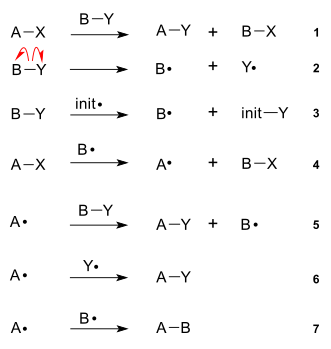JPINFV
Gadfly
- 12,681
- 197
- 63
PDF page 12 (page GA 2)?NYS BLS Protocols (and as we are instructed)...in breathing section of initial assessment, every patient should be started on high flow oxygen via non-rebreather at 15lpm If breathing is inadequate, ventilate with supplemental O2.
http://www.health.state.ny.us/nysdoh/ems/pdf/2008-11-19_bls_protocols
"Breathing – Assess breathing, administer oxygen if necessary and consider
positive pressure ventilations."
Emphasis added.
Additionally, from PDF page 5 (page Introduction 3):
"These protocols are not intended to be absolute and ultimate treatment doctrines, but rather standards which are flexible to accommodate the complexity of the problems in patient management presented to Emergency Medical Technicians (EMTs) and Advanced Emergency Medical Technicians (AEMTs) in the field. These protocols should be considered as a model or standard by which all patients should be treated. Since patients do not always fit into a "cook book" approach, these protocols are not a substitute for GOOD CLINICAL JUDGMENT, especially when a situation occurs which does not fit these standards."
So, even if it did say that (but it says "when appropriate"), the protocol book itself says, "If, based on good clinical judgement, you feel the need to deviate, then do so."
Last edited by a moderator:


